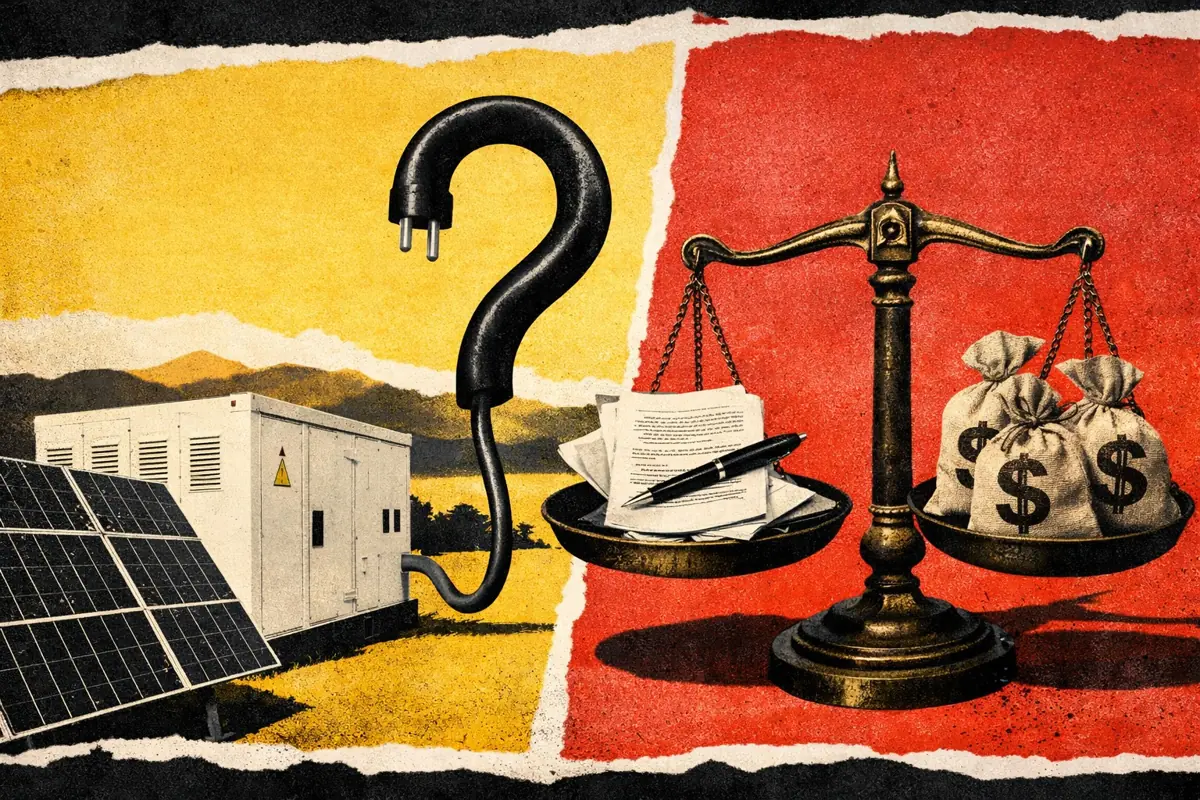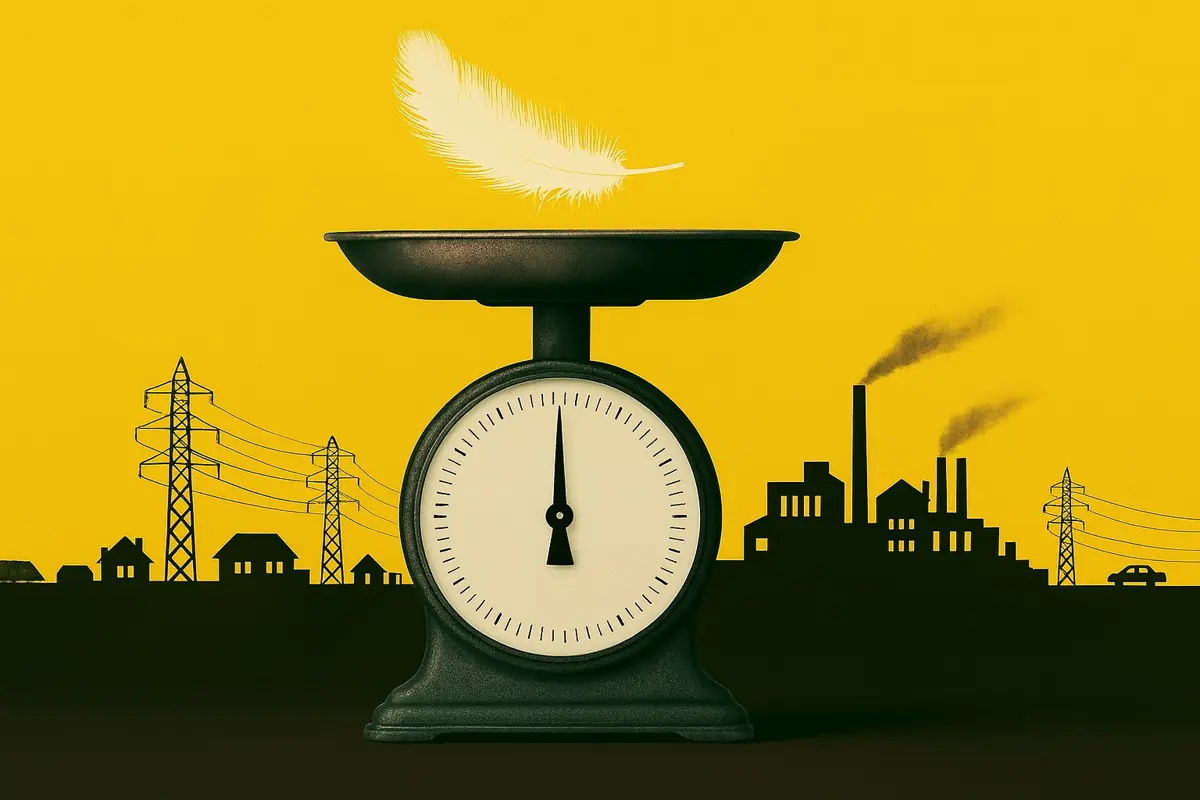Battery energy storage revenues rise in February 2024
The GB BESS index increased 3% in February to £22.6k/MW/year after three consecutive falling months. Increases in Balancing Mechanism and Frequency Response revenues more than offset a fall in wholesale revenues.

- Balancing Mechanism revenues reached £7.5k/MW/year, an all-time high for batteries
- Frequency response revenues rose after hitting record lows last month
- Despite wholesale price spreads falling 20%, wholesale revenues only decreased 3% to £12k/MW/year
- Batteries earned £37k/MW/year when including Capacity Market revenues of £14.3k/MW/year
- The overall GB BESS index increase reverses three months of consecutive revenue reductions
So, what were the main factors affecting battery revenues this month?
Dynamic Regulation and Balancing Mechanism revenues caused the rise in battery earnings this month. Wholesale revenues fell slightly with lower day-ahead spreads available, while Dynamic Moderation and Containment decreased in value.

Frequency response revenues rose overall despite falling clearing prices
Dynamic Containment and Moderation revenues continued to fall as monthly average clearing prices fell by 13% in both markets.
However, Dynamic Regulation offset this. Prices in the Dynamic Regulation High service increased 28% to -£4.87/MW/hour. This service is favored by Balancing Mechanism-registered assets which make up the index.
This increase meant that overall frequency response revenues in the index rose by 6% in February.

Wholesale day-ahead spreads fell to their lowest monthly average since August 2020
The reason for rising Dynamic Regulation High prices was a decrease in wholesale power prices. Prices fell by 18% on average, reducing the value of the service.
Meanwhile, day-ahead price spreads fell 20% to £40/MWh, their lowest since August 2020. This was due to generally mild, windy weather across the month.
The fall in spreads contributed to wholesale revenues falling by 3% to £11k/MW/year.

Balancing Mechanism revenues rose following improved dispatch rates
Balancing Mechanism revenues rose to £7.5k/MW/year, a 10% increase from January. This follows an all-time high of 1.5GWh of energy being dispatched daily to batteries in the Balancing Mechanism.
This increase in energy came from both Bids and Offers, which increased by 60% and 21% in volume respectively.
A significant factor was an increase in the in-merit dispatch rate to 6.5% in February, from 4.5% in January. The increase follows continued improvement to the Bulk Dispatch Functionality the control room now uses to send instructions to batteries.
Since February 5th, an additional balancing engineer has been added to the ESO control room to assist with using the Open Balancing Platform and bulk dispatch for batteries. This means the platform is now used to issue more than 75% of battery instructions.
March sees the introduction of the 30-minute rule, as well as the new Balancing Reserve service. Both of these could have a positive impact on utilization of batteries in the Balancing Mechanism.

Revenues increase despite falling price spreads
Day-ahead price spreads fell to their lowest monthly average in February since the lockdown-affected summer of 2020. However, despite more battery revenues coming from the wholesale market than ever before, total revenues in February increased. So what were the strategies operators used to make this happen?
Balancing Mechanism boosts one-hour revenues, while two-hour systems pay less for Dynamic Regulation High
For one-hour systems, Balancing Mechanism revenues are now over a third of total revenue.
Already a subscriber?
Log in







